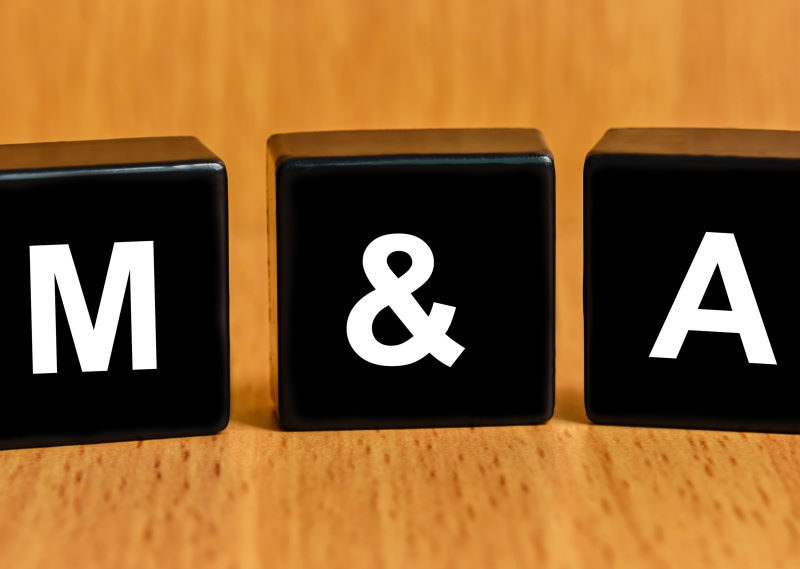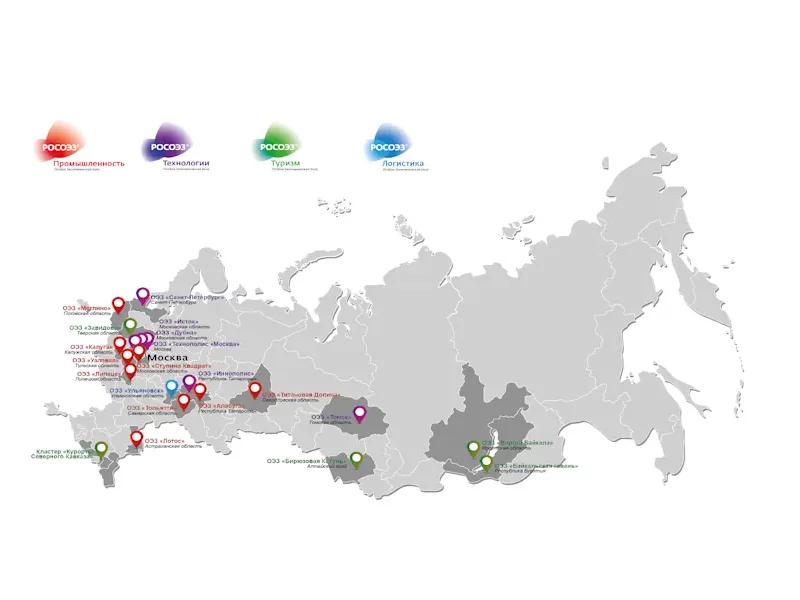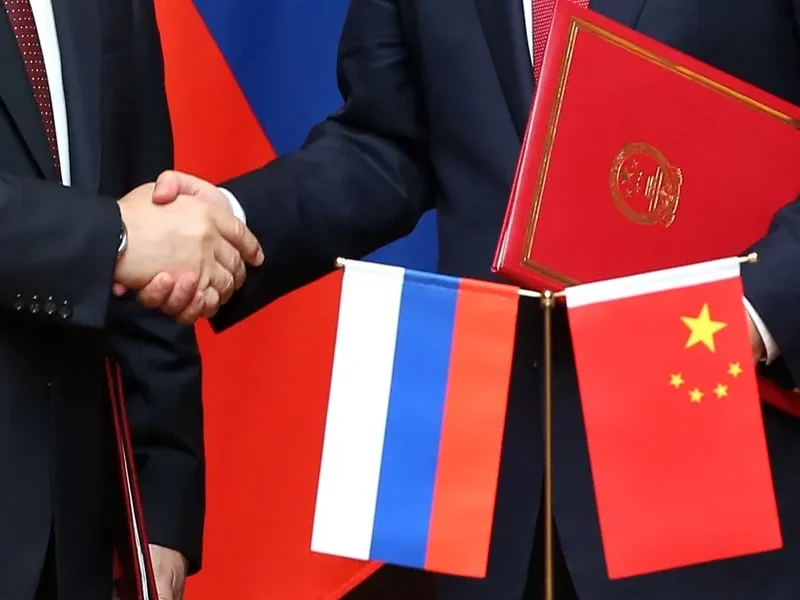For a long time there was a discussion about the regulation of cryptocurrencies. On January 1, 2021, Federal Law No. 259-FZ “On Digital Financial Assets, Digital Currency and Amendments to Certain Legislative Acts of the Russian Federation” entered into force. Back in the spring of last year, the State Duma proposed to introduce criminal liability for using cryptocurrency. But in the summer of 2020, lawmakers decided to revise the bill on digital financial assets. It is radically different from the initial proposals of the State Duma.
The Law “On Digital Financial Assets” — the main provisions

The law “On Digital Financial Assets” was adopted by the State Duma on July 22, 2020 and approved by the Federation Council on July 24 of the same year, includes:
- the concept and procedure for regulating the CFA (issuance, accounting, circulation, exchange rules, requirements);
- the concept and turnover of cryptocurrency.
The relevant amendments have been made by this law to other regulatory legal acts to regulate the cryptocurrency market.
Digital Financial Assets (DFA)
They are understood as securities in digitized form. Although they are based on blockchain, they are not related to traditional cryptocurrencies. The difference being in centralization and emission.
The law clearly defines that both individuals (sole proprietors) and legal entities can issue CFAs, but through information system operators falling under Russian jurisdiction.
To do this, a number of requirements must be met:
- Full amount of information about the issuer:
-
- individual (full name, address of residence, registration of sole proprietor);
- legal entity (name of the organization, legal address, state registration, information about the issuer’s website).
In addition, information about the operator where the CFA issue will be carried out must be provided. To issue them, a legal entity must be included in the relevant register of the Bank of Russia.
The law “On Digital Financial Assets” clearly regulates the procedure for issuing and circulation of CFA. If the shares are issued in the traditional form, then it is already impossible to digitize them. Transactions (purchase, sale) with CFA are carried out by exchange operators.
The procedure for deciding on the release of the CFA is also defined. It should contain information about the issuer, the operator, the type and scope of rights, the quantity issued, the price, the placement harvest, etc.
The Law “On Digital Financial Assets” and Digital Currency

The legislator does not use the concept of cryptocurrency. It is defined as a digital currency, namely a set of electronic information (code) that is offered or can be accepted as a means of payment.
It follows that the possibility of using cryptocurrencies as a unit of calculation is not excluded. That is, it will be possible to pay with it. However, the law “On Digital Financial Assets” has determined that the ruble is the only unit of calculation in Russia. In other words, it is prohibited to pay with cryptocurrency for goods and services. There is also a ban on advertising such actions.
These restrictions did not cause much indignation among investors, since most use cryptocurrency for other purposes. Few people want to pay with cryptocurrency, given its high volatility.
The legislator does not directly mention tokens either. It indirectly refers to digital law. In fact, these are tokens. At the same time , they are divided depending on the right to grant:
- utilitarian;
- digital.
The first type includes the so-called product assets. Their issuance is carried out exclusively on investment platforms. They give the right to goods, services and intellectual property.
The second one includes the rights of monetary claim (securities, participation in the capital of a non-public joint stock company, etc.).
Indirectly, the token is also mentioned in the law “On Attracting Investments using Investment Platforms” in the form of a utilitarian digitized right. A striking example is the Waves cryptocurrency.
The law “On Digital Financial Assets” — what does it allow?
The most important thing that the law on digital financial assets allows is the purchase, storage, sale of cryptocurrencies. It is also allowed to exchange them among themselves.
This is what investors have been waiting for for so long. Since 2016, one bill after another has been developed, and each of them only scared the Russian crypto community.
German Gref, Chairman of the Board of Sberbank of Russia, also spoke out against harsh measures in crypto regulation. In the end, the authorities took a closer look at his opinion and other experts.
In addition, it is allowed to issue cryptocurrencies in Russia using Russian domain names and network addresses. All relations will be regulated by this law and the Civil Code.
The Law “On Digital Financial Assets” — amendments to other legislative acts
The law “On Digital Financial Assets” has caused a number of changes in other Laws and Statutory Instruments:
- The Federal Law “On Joint-Stock Companies” has been supplemented with the possibility of issuing shares in digitized form.
- The Federal Law “On the Securities Market” now gives the right to DFA owners to participate in shareholder meetings and vote. It also talks about receiving dividend payments to asset holders.
- The Federal Law “On Countering the Legalization (Laundering) of Income” defines cryptocurrency as property. The order of customer identification is also established for operators. In other words, the identity must be disclosed in order to avoid the use of cryptocurrencies for illegal purposes.
- The Federal Law “On Insolvency (Bankruptcy)” is supplemented by the fact that cryptocurrency is recognized as property. In other words, if a citizen wants to be declared bankrupt, but he has a cryptocurrency (property), then this will be taken into account.
- The Federal Law “On Advertising” is supplemented by Article 29.1, which defines the procedure for advertising DFA:
-
- mandatory content of the DFA issuer’s name;
- website address;
- maximum purchase amount for unqualified investors;
- risk/profitability.
It is forbidden to indicate in advertising:
- the promise of earnings;
- forecasting or promising rate growth.
- The Federal Law “On Enforcement Proceedings” is supplemented by Part 4, which indicates the recognition of cryptocurrencies as property. This means that bailiffs can seize the currency in case of existing debt.
- The Federal Law “On Combating Corruption” is supplemented by the same paragraph. This suggests that the cryptocurrency must be declared. Receiving a gift in cryptocurrency will be regarded as receiving property.
- The Federal Law “On Control over the compliance of expenses of persons holding public positions and other persons with their incomes” received changes in a number of articles. In simple words, the CFA and cryptocurrency are on a par with stocks and other income. According to this law, the owners (holding the relevant positions) of the above-mentioned instruments are required to indicate their availability.
- The Federal Law “On the prohibition of Certain Categories of Persons to Open and have accounts (Deposits) in Foreign banks and use foreign instruments” is supplemented by paragraph 7 of Article 1 of Part 2. Foreign instruments include, including CFA and cryptocurrency organized in accordance with foreign law.
The Law “On Digital Financial Assets” and its impact on the Financial sector and the Russian economy

Until January of this year, there was a problem of regulating cryptocurrencies. Money was flowing out of the country and this worried the authorities. The regulators had two outputs:
- Completely ban cryptocurrency.
- Legalize cryptocurrency.
In the first case, this will not solve the problem. The vast majority of people would continue to purchase tokens.
As a result, we came to the second option. After all, it is almost impossible to ban a decentralized environment, moreover anonymous.
The adopted decision will allow replenishing the country’s budget at the expense of tax fees. Also, the Law “On Digital Financial Assets” will favorably affect the development of domestic business in the blockchain industry.
Today, many projects get a start at the expense of ICO (initial coin offering), where finances from ordinary citizens are attracted.
For citizens, the regulation of cryptocurrencies in Russia also carries a positive moment. First of all, it is the protection of rights. With the development of the crypto industry, scammers have become more active. Previously, people carried risks on their own.
Now it will be possible to restore their rights in court. However, a mandatory condition is the declaration of available funds and payment of tax.
Cryptocurrency Regulation in Russia

Transactions with cryptocurrency are now officially allowed, which means you need to pay tax, as with any type of income. This was directly influenced by the digital law. Almost immediately after its adoption, the State Duma began developing a special tax regime for cryptocurrency transactions.
The bill was approved by the State Duma in February of this year. It says that citizens with cryptocurrency are obliged to notify the Federal Tax Service about this.
Data on turnover and the remaining amount should also be provided. But there is a certain limit. It is necessary to submit data to the tax authorities if the turnover for the year exceeds 600 thousand rubles.
For failure to provide data, a fine of 50 thousand rubles is provided, and for hiding the report of operations with cryptocurrency, you will have to pay 10% of the replenishment or write-off (the largest of the two amounts is taken). Tax evasion is subject to a fine of 40% of the amount of tax payable.
However, the problems of regulating cryptocurrencies remain. This is a fairly new and less-studied direction. The bill is at the stage of adoption, but its mechanism is not fully understood. The tax service has not established the procedure for determining the market value of the currency, how to track citizens who will not declare their funds. These and many other questions remain open.
How is cryptocurrency regulated in Russia?
The mechanism has not been worked out yet, but it may get better over time. At the moment, everything is based on the integrity of citizens. As mentioned above, it is almost impossible to calculate people who own tokens.
Cryptocurrency wallets are anonymous (personal data is not specified), transactions take place on exchanges that do not fall under the jurisdiction of the Russian Federation.
In a word, it is very difficult to identify a person in crypto space. Responsibility for regulation will most likely fall on the Federal Tax Service. They are the ones who keep financial records of citizens.
How to pay tax on cryptocurrencies?

Citizens are required to pay tax on the income received from cryptocurrencies. Financial regulation of cryptocurrencies has not been developed at the moment. However, according to the explanations of the Ministry of Finance, the declaration is carried out on a general basis, i.e. as with the stock market (stocks, bonds).
This is done after the end of the financial year before April 30, i.e. for the profit received in 2021, the tax must be paid by April 30, 2022. Profit refers to the difference from transactions.
For example, if bitcoin is bought at a price of $33,000, and sold at $ 60,000, then $27,000 will be considered income. Of these, 13% or $3,510 must be paid to the treasury.
To do this, the personal income tax – 3 form is submitted to the Federal Tax Service, an extract from the cryptocurrency wallet and a printout with exchange rates at the time of the transaction. The relevant documents are submitted at the place of registration to the tax service, or online through the taxpayer’s personal account.
Digital Ruble — what, why and why?

Talks about the creation of “new” central bank money have been going on since 2017. It was then that the first major cryptocurrency boom took place. Financial analysts understand that significant changes in the payment market are coming and we need to act.
In April 2021, the Bank of Russia presented the report “The Concept of the digital ruble” to the society. This is the only document at the moment that reveals the essence of monetary reform.
The new means are understood as the third form of the Russian monetary unit in digitized form, i.e. having no physical expression. Thus, there will be three types of money in circulation:
- cash;
- non-cash;
- digital.
According to the concept, the new type of funds will be used both online and offline (without Internet access). The final decision on their release has not yet been made. All information is taken from the report of the Bank of Russia.
Why do we need a digital ruble and what are its advantages?
First of all, it is the speed of transactions (transfers), and especially cross-border. With blockchain technology, transactions can become much faster and more profitable (low fees). In addition, such operations are characterized by better reliability and security.
All this can have a positive impact on the standard of living of ordinary citizens, business and the state itself. With the help of new money, the coverage of citizens with financial services will increase. The redistribution of funds into foreign digitized currencies will be limited, which will increase the economic stability of the country.
What is the difference between a digital ruble and a regular one?

At first glance, it may seem that this is the same thing. However, the essence of the digital ruble is to issue a third form of money with its own characteristics. Ordinary citizens most likely will not notice the difference as it consists of technical and legal components.
It is clear that the introduction of the digital ruble is more interesting to the state itself. Traditional money is very difficult to track, and in some cases impossible. This is one of the big problems of regulators, which will be solved with the introduction of new funds into circulation.
The peculiarity lies in the unique code with which it will be possible to identify each user and even each monetary unit. Thus, total control in the field of finance will begin.
Key characteristics of the digital ruble:
- The issue of the digital ruble will be carried out by the Bank of Russia.
- Electronic wallets will be opened to individuals and legal entities in the same bank.
- Access to the online wallet will be carried out through a mobile application.
- For offline transactions, you need to open a separate wallet, without Internet access.
- The monetary unit will be used on a par with traditional money (payment for goods, services, financial instruments, etc.).
No interest will be charged on the balance, since the main purpose of the application is payments. From the point of view of ordinary users, such characteristics of the digital ruble are not quite attractive. In addition, it is not convenient to have two wallets (online and offline).
Still, there are certain advantages in contrast to existing money. In case of loss of the smartphone, it will be possible to restore non–cash funds (offline wallet). This is possible thanks to the unique code.
Digital ruble exchange rate
Many people call digitized money a cryptocurrency. Despite the fact that it will be developed and applied on the blockchain, the Bank of Russia has made a clear distinction. The third type of money is an obligation of the Central Bank secured by the state.
All three types of money (cash, non-cash, digitized) will not differ either in purchasing power or in exchange rate. This is the same national currency of the country expressed in different forms.
The future of the digital ruble is still blurred, but its adoption is inevitable, because it is primarily beneficial to the state.
It remains only to bring this mechanism to mind and put it to the masses. Perhaps over time, the paper money we are used to will go out of circulation altogether, and citizens will simply have to accept it, as it was with bank cards at the time.
Threat to banks
Another distinctive feature of the new currencies is the absence of an intermediary. For many decades, this role was performed by banks and they made good money on it, taking a commission. The new system completely reverses the banking monopoly.
Commercial banks will be under attack, as transactions will take place without their participation. In addition, they will lose their liabilities due to the reduction of free balances. All this pushed the bankers to transform.
The mass introduction of an analogue of monetary units will lead to the fact that the current banking system will become irrelevant.
Representatives of the banking sector express their concerns and doubts about the monetary reform. They believe that the Central Bank does not disclose the real purpose of monetary reform and fear that this could destroy the banking industry.
First of all, the outflow of finance from commercial banks will begin. According to the deputy chairman of Sberbank Anatoly Popov, monetary reform can cause huge withdrawals of money from banks (2-4 trillion rubles in the first three years).
VTB CEO Andrey Kostin believes that part of the business is migrating from commercial banks to the Central Bank. Although the Central Bank assures that such a goal is not pursued.
Conclusion
For a long time, the state has been deciding what to do with cryptocurrency. The law “On Digital Financial Assets” is a big step in the development of the crypto industry in the territory of the Russian Federation. In fact, the authorities recognized the cryptocurrency as an intangible asset, and most importantly allowed it to be used.
Many aspects remain unclear until the end (regulation of ICO, mining, crypto exchanges, tokens of various types, and more). The very definition of a digital currency, the Law on Financial Assets gives a vague one.
It is also not clear what punishment people who try to use cryptocurrency as a means of payment will be subjected to, and how such cases will be calculated.
One thing is clear that Roskomnadzor will block sites with similar violations. Over time, the relevant laws will amend the Administrative Code and the Criminal Code of the Russian Federation. Citizens can now apply to the court for the protection of their rights, but under certain conditions.
Also, such regulation of cryptocurrencies raises many questions. If you have paid the tax, you can count on judicial protection, and if not, then you bear all the risks yourself.
Why can this affect ownership? The authorities are trying to force citizens to disclose their crypto assets by these actions. Based on this, it is clear that it is very difficult to do this in another way.
As for the digital ruble, now the conversations are turning into decisive actions. According to some reports, testing will begin in the first quarter of 2022. The new form of money has nothing to do with the usual cryptocurrency. The exchange rate will be strictly fixed and regulated by the Central Bank of Russia.
Разрабатываем Стратегии для собственников бизнеса в целях оптимизации группы компаний, решения нестандартных задач и продажи активов. Оказываем услуги по сопровождению сделок M&A, управлению непрофильными активами и проектами в целом.













